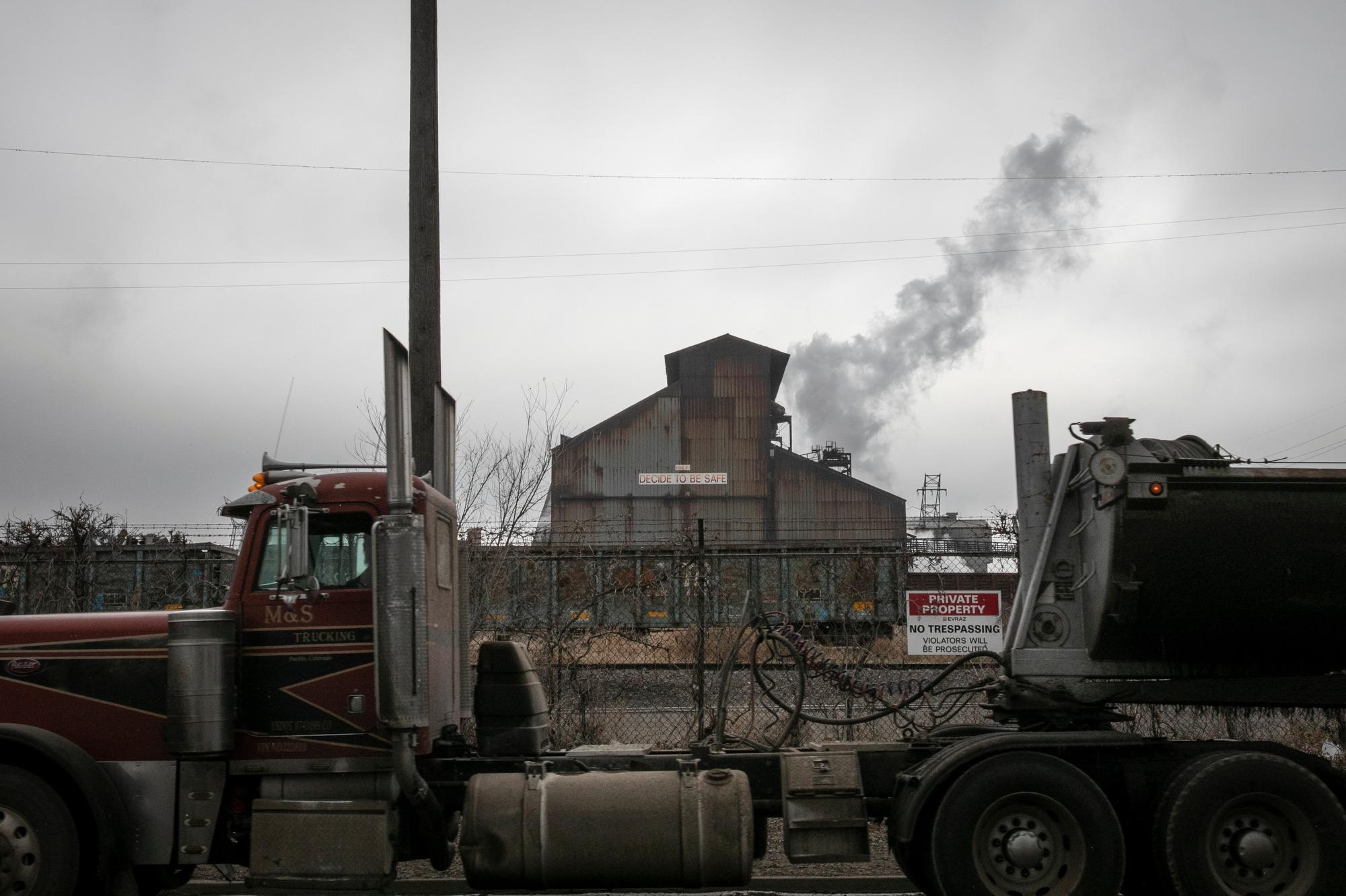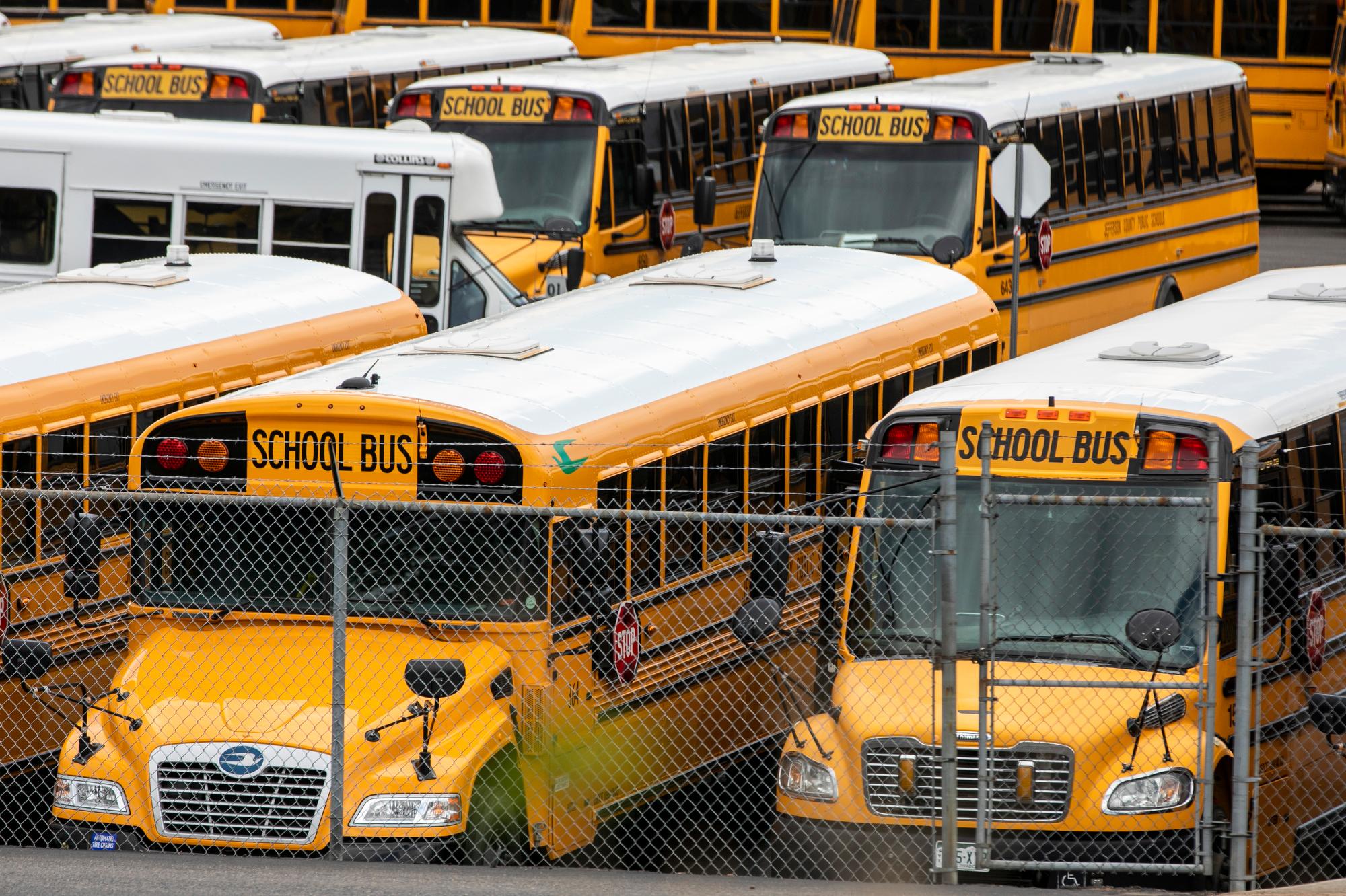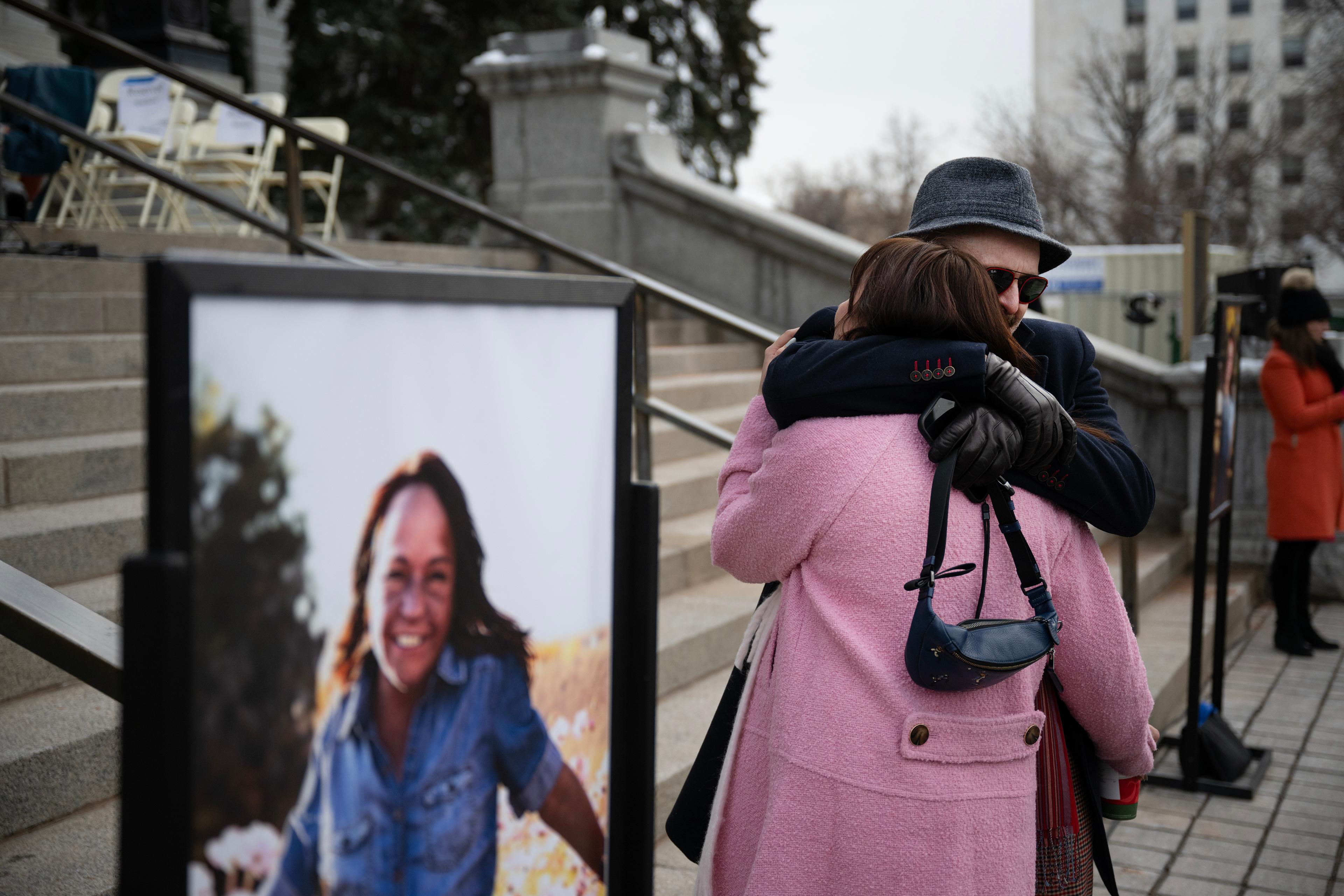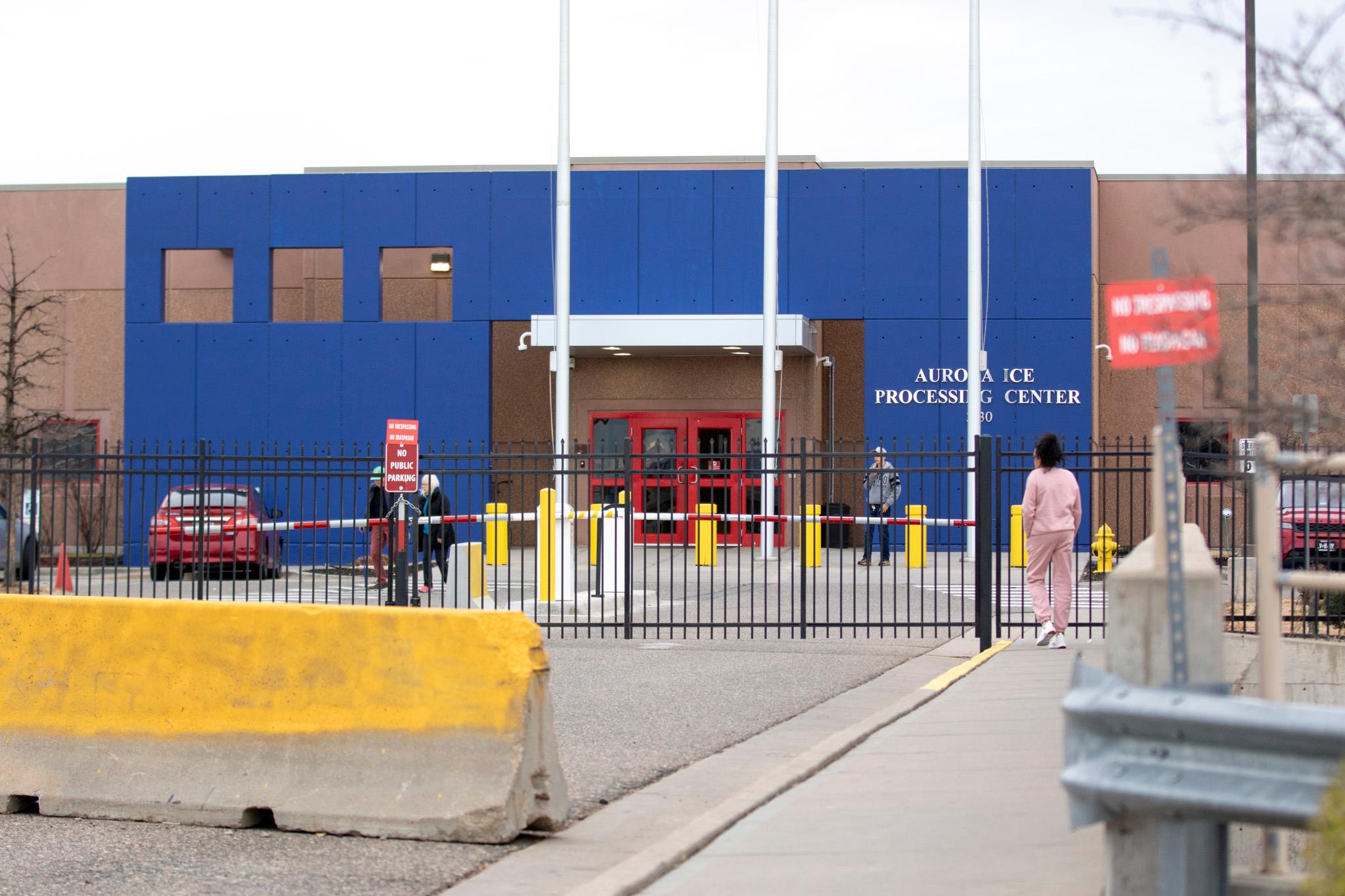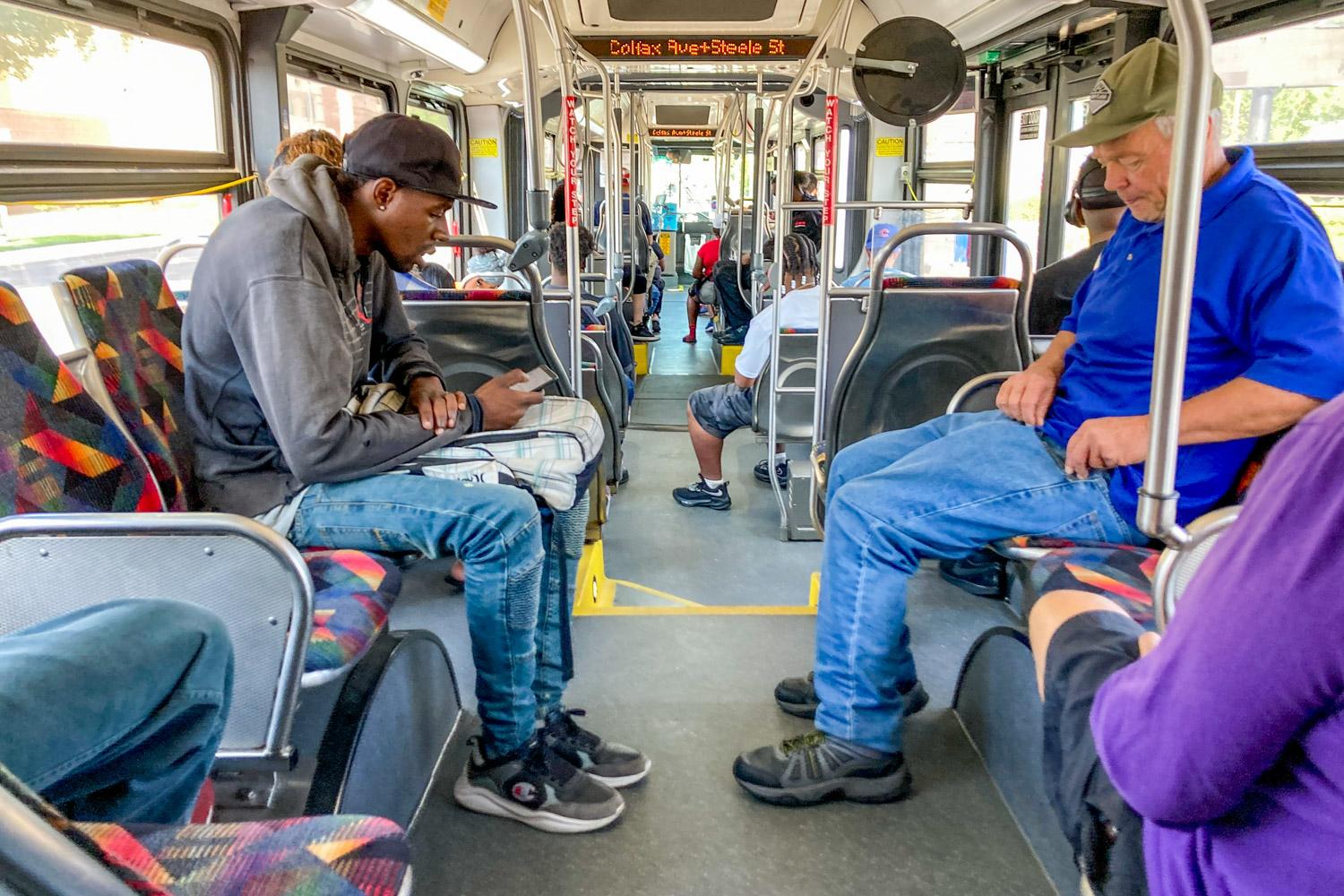
Passengers flocked to the Regional Transportation District’s buses and trains in the highest numbers since the beginning of the pandemic during a free fare program in August.
RTD saw some 6.3 million boardings during that month’s state-sponsored “Zero Fare for Better Air” campaign, a 22 percent increase over July 2022 and a 36 percent jump from August 2021.
“The top line 36 percent increase is fantastic,” said state Sen. Faith Winter, D-Westminster, who sponsored the air quality improvement legislation creating the free fare program. “But when you look at the detailed numbers … every single line saw an increase in August. So that shows that we were bringing ridership across the region up.”
A more comprehensive look at the effect of the free fare program, including customer surveys and an analysis of security problems, is coming next month in a report to RTD’s board of directors. CPR News obtained a summary of the ridership data through an open records request.
The data are encouraging, said RTD General Manager and CEO Debra Johnson. But she said it’s too soon to say whether there will be a sustained ridership bump after RTD began collecting fares again on Sept. 1. Some of the August increase is probably due to the start of the school year, she added, which traditionally means a ridership increase.
“I’m optimistic,” she said. “But I really don’t know if it was just zero fare that resulted in that increased ridership.”
In Utah, ridership dipped slightly after a popular fare-free month in February 2022 but has since risen again in recent months.
It also remains to be seen whether the ridership increase had any measurable impact on air quality. A year-long free RTD experiment in the 1970s also boosted ridership, but a federal report later concluded it, on its own, was not an effective clean air strategy.
The state’s overall air quality during the summer of 2022 was better than it was in 2021, which saw a record number of ozone health alerts — though state health officials credited this year’s improvement to fewer wildfires and more favorable wind patterns.
RTD’s new data also show large increases on commuter-focused train and bus lines that have struggled during the pandemic. Since January of this year, ridership has risen nearly 50 percent on the Flatiron Flyer, 42 percent on the G Line between Wheat Ridge and Denver, and 58 percent on the W Line between Golden and Denver.
Ridership on RTD’s bus network, which has remained relatively steady throughout the pandemic, also saw a bump. It carried 3.57 million passengers in August, up some 800,000 over July and 30 percent since the start of 2022.
Those are impressive increases considering that RTD is still only offering about 70 percent of its pre-pandemic service, said Molly McKinley, policy director of Denver Streets Partnership, which supports public transit. RTD has the funds to increase that to about 85 percent but is currently hamstrung by a worker shortage.
She and other transit advocates want the state to step in financially to help RTD address that.
“I hope that the governor and state leaders, local leaders are all energized by this data and really put their heads together to figure out how we overcome the operator shortage, how we get more funding for transit operations, how we just maximize on this,” she said. “This is just from one month of free service and the possibilities just kind of seem endless.”
The state provided less than 1 percent of RTD’s operating budget in 2020, according to federal data. Winter, who was also co-author of a massive transportation funding bill in 2021 that did not generate any new direct funding for RTD, has said the agency should apply for grant opportunities from that bill.
In the meantime, RTD is preparing two more free-fare days around the upcoming election. And Winter’s legislation will help pay for another 30 days of free transit across the state next summer.
“The goals of the program were to increase ridership and ultimately reduce vehicle miles traveled, which help clear our air and have reduced pollution,” she said. “... And across the board it’s showing significant impacts.”
But Johnson emphasized that she judges RTD’s success by considering more than just ridership numbers. What has that increased ridership meant for her organization, and the community at large? It’s a much bigger, more philosophical question that will take more time to answer, she said.
“I’d rather focus on value over volume,” she said.

